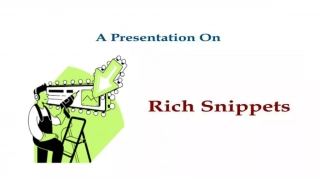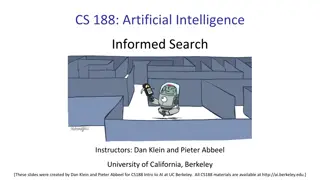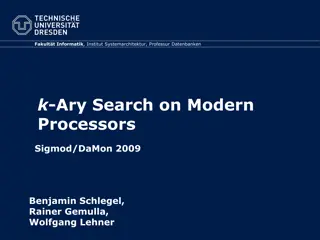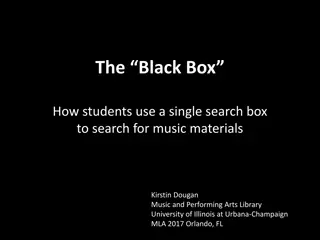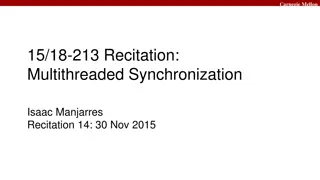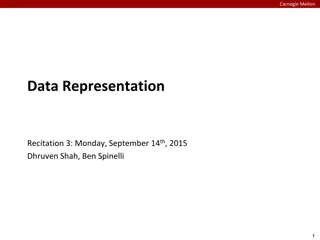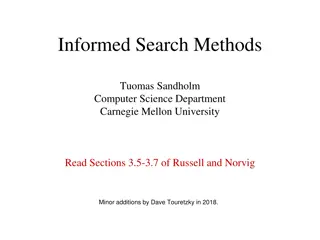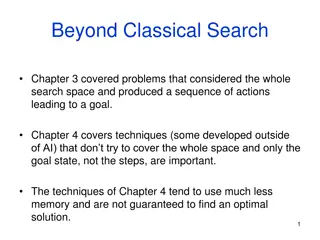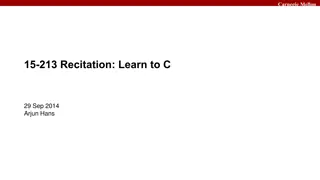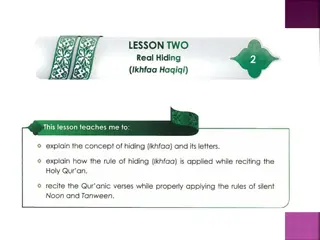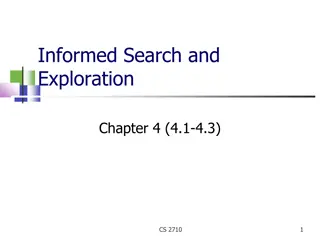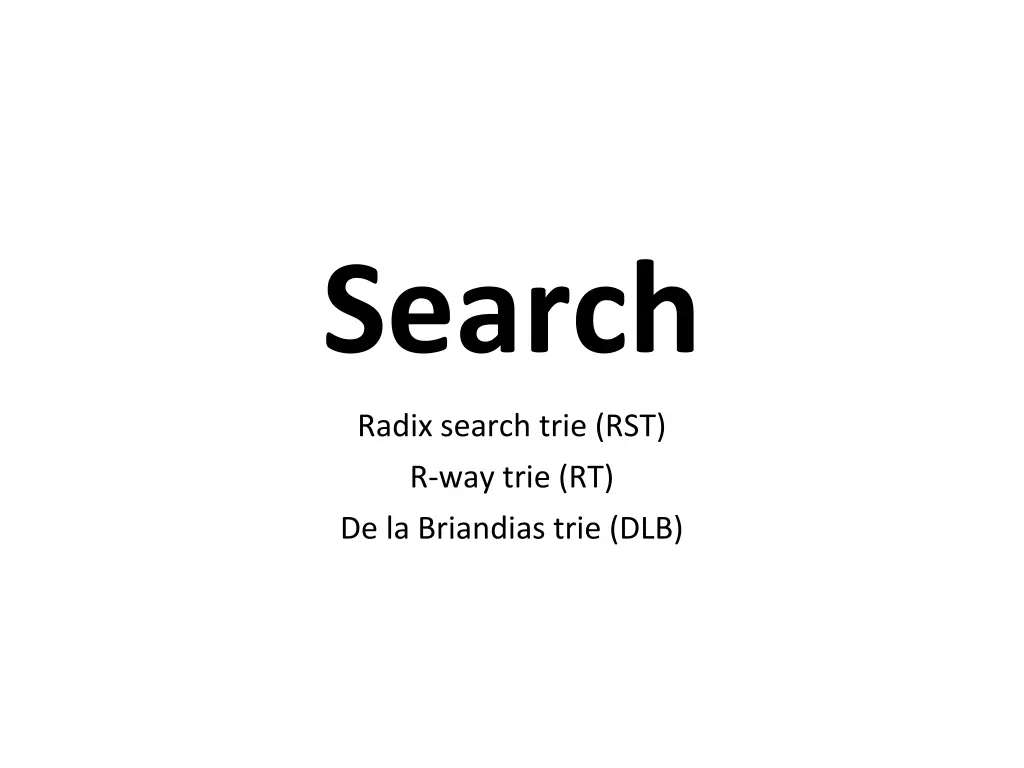
Trie Data Structures Overview
Discover different trie data structures such as Radix search trie, Binary search tree, and R-way trie through detailed explanations and visual representations. Learn about their unique characteristics and applications in organizing and searching data efficiently.
Download Presentation

Please find below an Image/Link to download the presentation.
The content on the website is provided AS IS for your information and personal use only. It may not be sold, licensed, or shared on other websites without obtaining consent from the author. If you encounter any issues during the download, it is possible that the publisher has removed the file from their server.
You are allowed to download the files provided on this website for personal or commercial use, subject to the condition that they are used lawfully. All files are the property of their respective owners.
The content on the website is provided AS IS for your information and personal use only. It may not be sold, licensed, or shared on other websites without obtaining consent from the author.
E N D
Presentation Transcript
Search Radix search trie (RST) R-way trie (RT) De la Briandias trie (DLB)
Binary search tree (BST) Binary search tree (BST) Left branch is less than Right branch is larger than Create a tree with 0, 1, 2, 3 (in order)
Create BST Create BST 0 0 1 < < 1 2 < < 3 2 < < 3 Can we do better?
Radix search trie Radix search trie Using a pair <Key,Value> instead of only Value (BST) Key is parsed along the tree edges Value is stored at a node Assume each Value is linked with only one Key Create a tree with 0, 1, 2, 3 (in order)
Create RST Create RST Valu e y binary or 2-way tree each node links to 2 children Ke Consider a lower case alphabet string: each node (character) links to (followed by) 26 children (characters) 26-way tree 0 000 0 1 1 001 2 010 0 1 3 011 0 1 0 1 Binary representation Worst case bounds by binary representation length (log n), not by n as in BST Can we apply to string?
R R- -way trie (lecture example) way trie (lecture example) she, sells, sea, shells, by, the, sea, shore (Keys are on nodes, not on edges) Worst case bounds by the character length of the string false false false false false false true false How can we indicate she is a complete word? true false true true false Using a flag variable in each node? false false false true true true
Create R Create R- -way trie shells, she s h e l l s way trie Special node (starting of any string) s false h false Is this approach good? e false true l false l false s true
The ugly truth The ugly truth she, sea s false 1 link for letter h ? ? 1 link for letter e a h c e 1 node = 26 links + 1 flag variable The same prefix? Impossible combinations? Can we do it better?
De la Briandais (DLB) De la Briandais (DLB) Replace the fixed link array by a flexible linked list s a b c d e f g h i j k l m n o p q r s t u v w x y z Linked-list head next next next s e h
Trade off Trade off Save a lot of space, especially when the real case has sparse strings Increase searching time. Why? R-way trie: Directly go to a child in the array DLB: linearly go the child in the linked list s e h
Create a DLB Create a DLB shells, she, sea, seat s h e l sea t l s s false false h e false e a false true true l t false true l false s true
Delete a word in DLB Delete a word in DLB If the path does not belong to other words, remove. Otherwise, leave it alone. shells s sea false false h e false A true node stop e a true true false Change to false, has a child stop False, no children delete l t false true l False, no children delete false Change to false no children: delete s true false
Exercises (on paper) Exercises (on paper) RST: Create a tree for: 2, 3, 4, 6 Delete values: 4, 6 DLB: Create a tree for: baby, bad, bank, box, dad, dance Delete words: bad, bank, dance
Exercises RST (creation) Exercises RST (creation) 0 1 1 0 1 0 0 0 1 2 3 4 6
Exercises RST (deletion) Exercises RST (deletion) 0 1 0 1 2 3
Exercise DLB (creation) Exercise DLB (creation) d b a a o d n x n b d true true true c y k true true e true
Exercise DLB (deletion) Exercise DLB (deletion) d b a a o d x b true true y true

